Bordering vegetated Wetland Plants
Bordering vegetated Wetland is the freshwater area that borders body of water like river, stream, pond or lake. Plants that occur in this area are given Wetland indicator status.
Wetland indicator status: This indicates the probability that a plant would be found in wetland area.
- OBL – obligate species ALWAYS occur in wetlands.
- FACW – Facultative wetland species mostly occur in wetlands but may occur in upland.
- FAC – facultative occur in both upland and wetlands.
- FACU – Facultative upland species mostly occur in upland but may occur in wetland.
- UPL – species always occur in upland.
 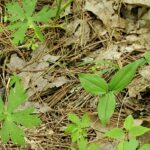 |
Trillium undulatum — painted trillium Trillium erectum — red wakerobin trillium
|
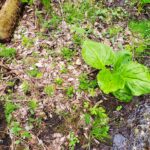 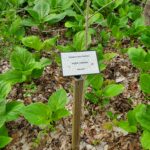 |
Symplocarpus foetidus — skunk-cabbage
|
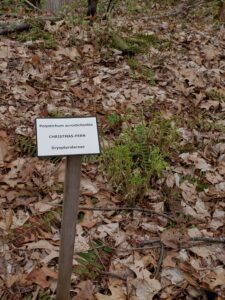 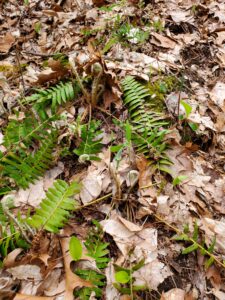 |
Polystichum acrostichoides — Christmas fern
|
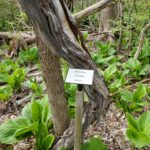 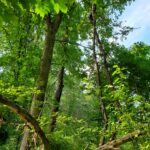 |
Vitis labrusca — fox grape
|
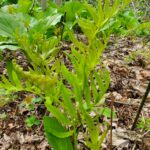 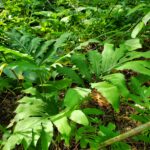 |
Onoclea sensibilis — sensitive fern
|
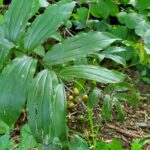 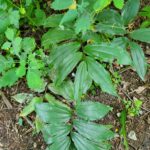 |
Maianthemum racemosum — feathery false Solomon’s-seal
|
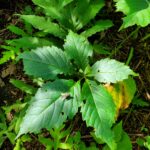 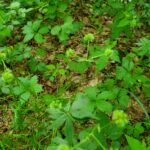 |
Sanicula marilandica – black snakeroot
|
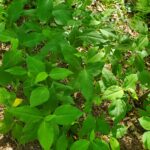 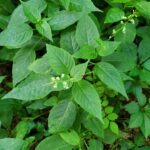 |
Persicaria virginiana — jumpseed
|
